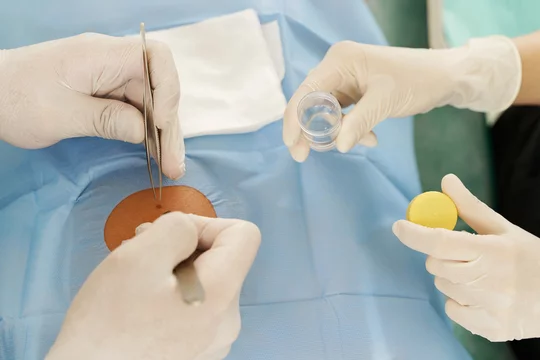Healing And Preventing Leg Ulcers: What You Need To Know
Leg ulcers are a common but often challenging condition characterized by open sores or wounds on the lower extremities. These ulcers can be painful, slow to heal, and prone to infection if not properly managed. In this article, we will explore effective strategies for healing and preventing leg ulcers, empowering individuals to maintain optimal leg health and well-being.
Understanding Leg Ulcers
Leg ulcers are areas of damaged skin that fail to heal properly, resulting in open wounds or sores. They can occur for various reasons, including poor circulation, venous insufficiency, arterial disease, diabetes, and prolonged pressure or trauma to the skin. Common types of leg ulcers include venous ulcers, arterial ulcers, and neuropathic ulcers.
Causes and Risk Factors
Several factors can contribute to the development of leg ulcers, including:
- Venous insufficiency
- Arterial disease
- Diabetes
- Obesity
- Smoking
- Prolonged immobility or sitting
- Previous history of leg ulcers
- The poor wound-healing ability
- Nutritional deficiencies
Effective Treatment Strategies
Treatment for leg ulcers typically involves a combination of wound care, lifestyle modifications, and medical interventions. Some effective strategies include:
- Compression therapy: Applying compression bandages or stockings to improve circulation and reduce swelling.
- Wound debridement: Removing dead or damaged tissue from the wound to promote healing.
- Topical medications: Applying medicated ointments or dressings to the ulcer to prevent infection and stimulate healing.
- Offloading: Relieving pressure on the affected area by using special cushions or footwear.
- Vascular interventions: In some cases, procedures performed by an interventional radiologist may be necessary to improve blood flow to the affected area.
Preventing Leg Ulcers
Preventing leg ulcers involves addressing underlying risk factors and adopting healthy lifestyle habits. Some preventive measures include:
- Maintaining a healthy weight
- Exercising regularly to improve circulation
- Avoiding prolonged periods of sitting or standing
- Quitting smoking
- Handling long-term health issues like diabetes and hypertension
- Practicing good foot hygiene and inspecting the feet regularly for signs of injury or infection
The Role of Interventional Radiologist in Sector 79
Interventional radiologists play a crucial role in the management of leg ulcers, particularly in cases where vascular interventions are needed to improve blood flow to the affected area. In Sector 79, Noida, individuals have access to top-notch interventional radiologists who specialize in minimally invasive procedures to treat conditions such as arterial disease and venous insufficiency.
Benefits of Seeking the Best Interventional Radiologist in Noida
When it comes to managing leg ulcers, seeking care from the best interventional radiologist in Noida can offer several advantages, including:
- Expertise: The best interventional radiologists have extensive experience and specialized training in performing vascular interventions for leg ulcers.
- Advanced Techniques: They utilize the latest minimally invasive techniques and technologies to improve blood flow and promote wound healing.
- Comprehensive Care: They work closely with other healthcare providers, including wound care specialists and vascular surgeons, to provide comprehensive and coordinated care for individuals with leg ulcers.
Conclusion
Leg ulcers can have a significant impact on an individual’s quality of life, but with proper treatment and preventive measures, they can be effectively managed and healed. By understanding the causes and risk factors for leg ulcers and seeking timely intervention from healthcare professionals, individuals can take proactive steps to maintain healthy legs and prevent the development of ulcers. With the expertise of interventional radiologists in Sector 79 and access to the best healthcare resources in Noida, individuals can receive comprehensive care and achieve optimal outcomes in the management of leg ulcers.
For any further queries, Plz visit drankitinterventionalradiologist.com







